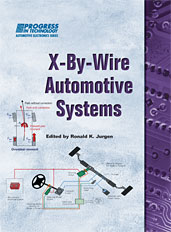Technical Paper
“Transet” Transmission Controller Development System
1996-08-01
961765
A program was developed that provides a user friendly interface for developing and testing shift tables in a powershift transmission. This program is Windows based and runs on an IBM compatible P.C. When coupled with a suitable controller, transmission designers have a useful tool for the development of transmission shift timing. The system is designed to be used in an engine test cell or for actual vehicle tests. This allows the vehicle operator to call up and edit shifts on a P.C. screen and then drive the vehicle using the new shifts. This allows the operator to evaluate results of real time shifts immediately.

